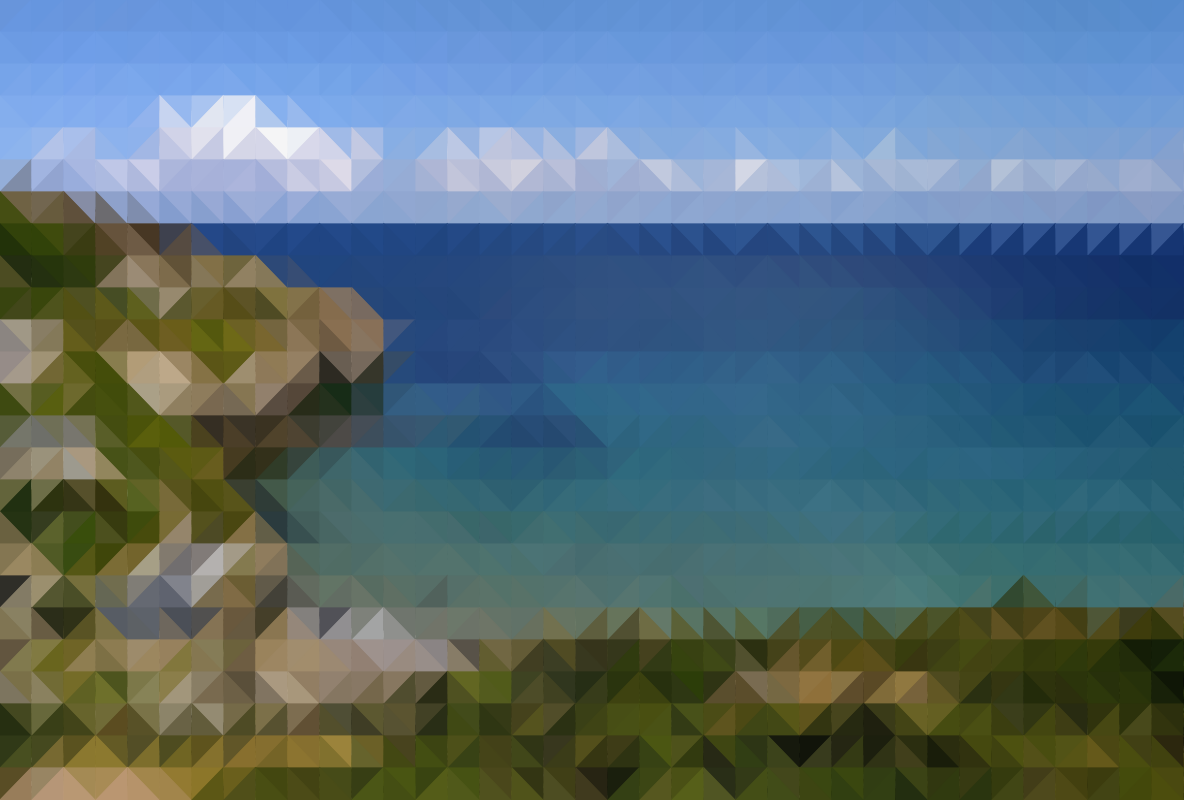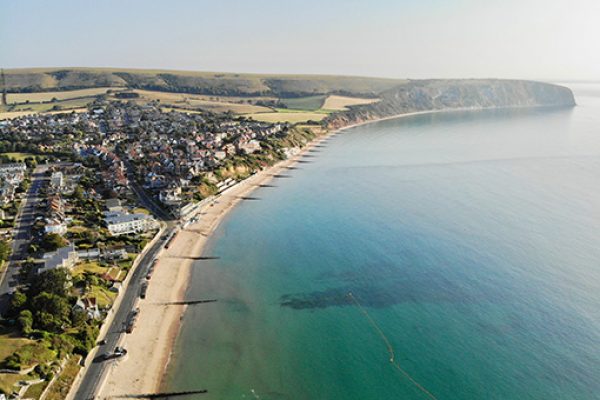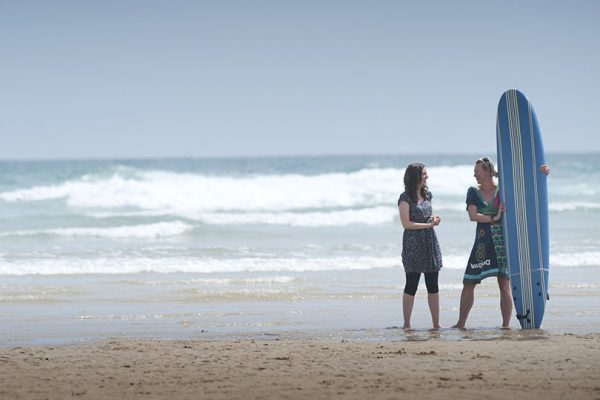Cross-country data wrangling
Living in different countries can bring both benefits and challenges to our BlueHealth researchers.
During a recent face to face meeting in Cornwall, we asked Åsa Persson from Sweden, Wilma Zijlema based in Spain and James Grellier from the UK, to share some insights into their cross-country collaboration.
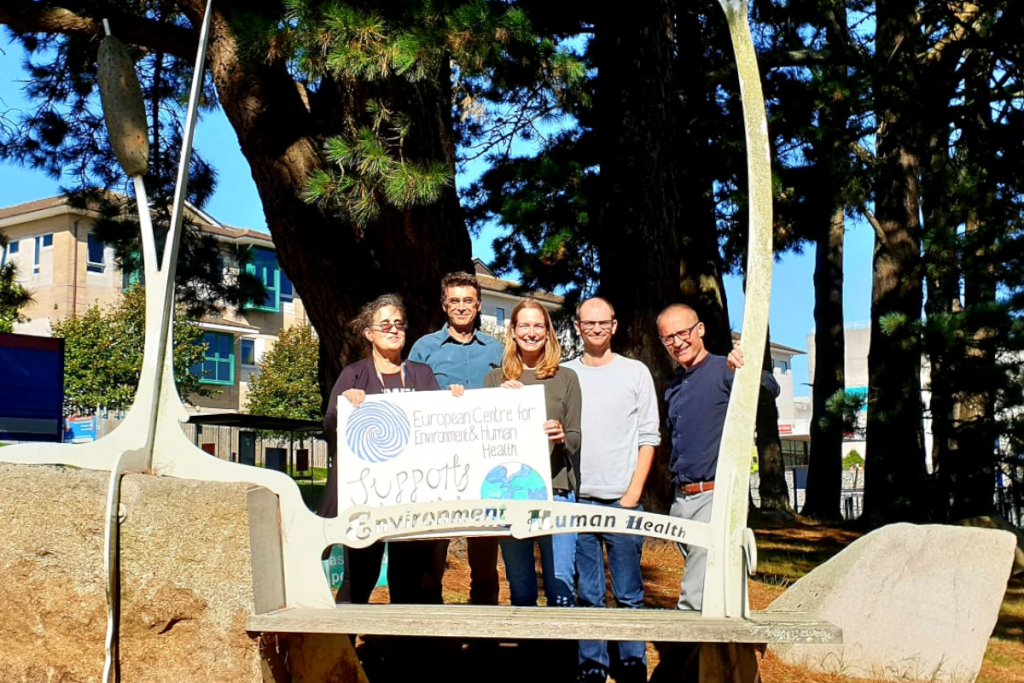
Wilma (centre) and James (right) in Cornwall with colleagues from the BlueHealth Project.
Tell us about your research collaboration?
James said: “Our goal is to understand how health is linked to how close people live to blue and green environments in different countries. Previous analyses have been done for various populations but using different methods and techniques. That makes it difficult to decipher if the findings differ because of the character of certain populations or the places where they live.”
What research methods are you using?
James said: “We’re doing harmonised analyses of existing—or ‘secondary’—data collected on populations living in regions of Spain, Sweden and the UK. In preparing and analysing these data in exactly the same way, we can establish real differences in links between a populations’ health and their exposure to blue and green spaces, depending on where they live. This has never been done before.”
What has been challenging?
Åsa said: “The main challenge has been to synchronise the data analyses for all three countries, which relies on a step-by-step process that takes more time and effort than we expected. We’ve found that we have to move one step forward at a time, discuss our progress, and check how it works with the other country datasets, before moving forward.”
How do you normally communicate?
James said: “We usually use email and Skype calls day-to-day. But being able to sit down together in one room and discuss issues with the data, helps us to make quicker decisions and move forward. Harmonising each aspect of the project—from exposure assessment to analysis of the data, and interpretation of the results—is an extremely complex and lengthy process. So our meetings in Cornwall and Barcelona have been extremely productive.”
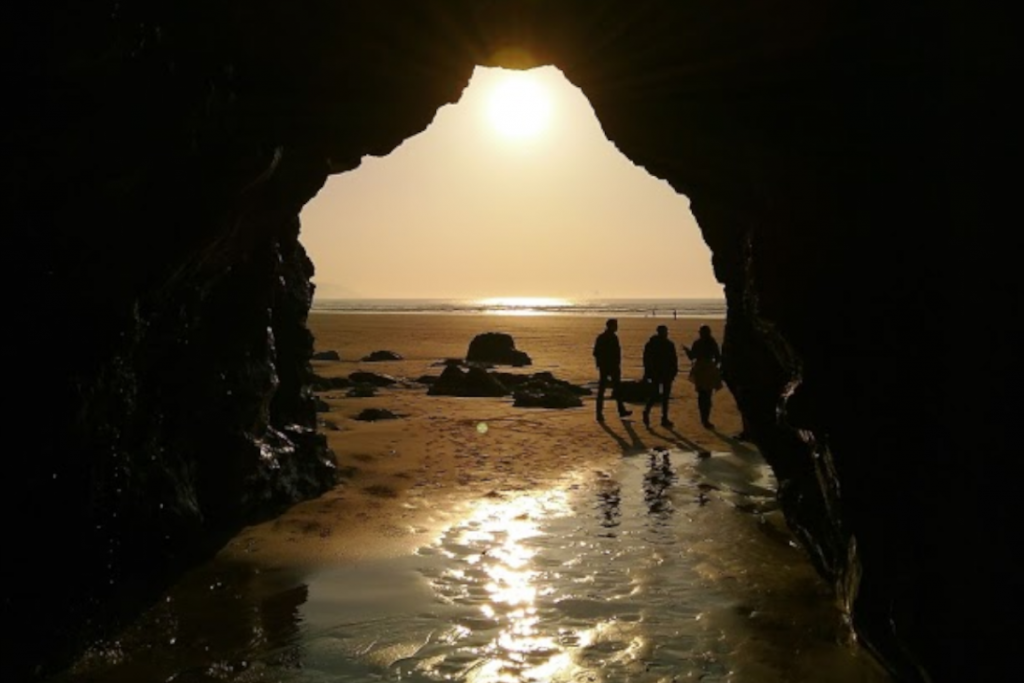
James shows the researchers around Cornwall’s local beaches.
How have you found collaborating beneficial?
Wilma said: “We all bring different skills and knowledge to the table, so while it’s a challenge to finely tune the data, it’s also a great opportunity to learn from each other and problem solve. Being a researcher can often feel solitary, so I’ve really enjoyed this opportunity to collaborate.”
What is the biggest lesson you’ve learned so far?
James said: “Not to underestimate how time-consuming a multi-centre analysis can be! For example, even data wrangling tasks that might be quite straightforward when working on a single data set can be much more complicated when done on several data sets, none of which are physically accessible to other researchers on the project. I’m impressed that we’ve managed to find a way around these challenges and look forward to the combination of our results later this year.”
What have you learned from your international colleagues?
Åsa said: “Being part of this interdisciplinary research environment has helped me better understand how blue and green spaces are related to health and wellbeing across different environments and countries while developing new technical, analytical and communication skills. I think we’ve all gained new perspectives that we can share in other projects and in the countries where we work.”
What do you enjoy about being part of the BlueHealth Project?
Wilma said: “It’s been a great way to expand my professional network overseas and learn from different research styles. The Project has given me the chance to visit some incredible places like Cornwall, which is so beautiful, clean and quiet. How suitable to visit such an amazing place while researching the health benefits of nature!”
Did you visit any blue spaces during your visit to Cornwall?
Åsa said: “I was lucky enough to go surfing with colleagues from the University of Exeter and to walk along the coast path. Truly memorable experiences!”
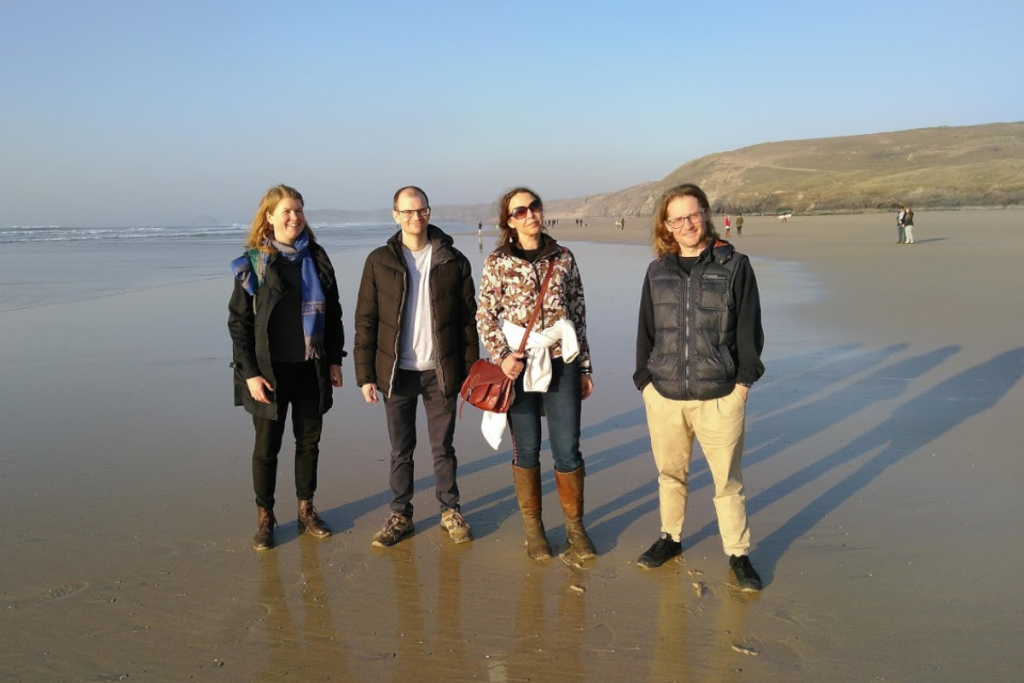
Asa (left) and James (right) explore Perranporth beach with fellow researchers.

